SUMMARY
This is AI generated summarization, which may have errors. For context, always refer to the full article.
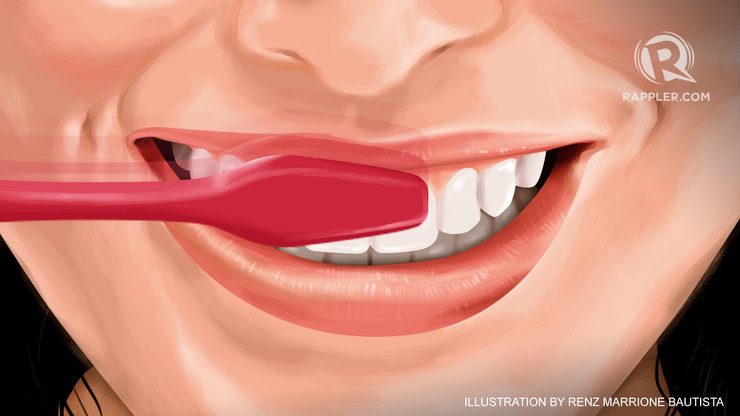
MANILA, Philippines – You might not know it. But you could have been brushing your teeth the wrong way all this time. A lot more care and attention goes into it than you think. Giving your pearly whites a thorough and proper cleaning amount to so much more than a 30 second graze of the toothbrush, gargle, rinse, and repeat.
Oral hygiene is an important part of your daily routine and making sure you have the proper brushing techniques down can make all the difference between having a healthy and clean mouth to suffering from cavities, gingivitis, bad breath, and tartar build up.
To help you keep up with your oral hygiene here is a list of brushing tips you should never forget.
1) Do: Brush up and down not side-to-side
Brushing horizontally can cause abrasions on your gum line. The proper way to brush is to hold the toothbrush at a 45 degree angle and brush up and down or in circular motions.
Make sure to also brush all the surfaces of your teeth: the outside and inside, the chewing surfaces of your teeth, and your tongue using the same gentle back and forth strokes. Plaque builds up in all sides of your teeth and sometimes we only remember to brush the most visible parts.
2) Do: Use the proper toothpaste
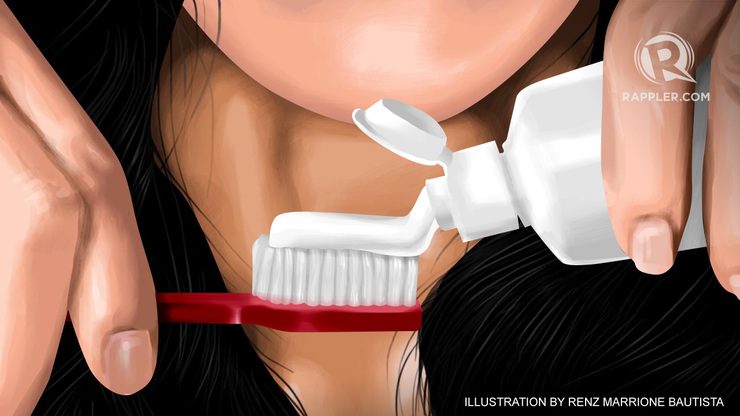
Even if you are meticulous about your brushing, if this is not paired with the proper toothpaste all your efforts may go to waste. Even the best of the toothbrushes can’t reach the hard to reach areas in between your gums (another hotspot of plaque build up).
Therefore you need to choose the right toothpaste that will target cleaning in between your teeth as well as provide complete care for cavities, plaque, tartar, gum care, sensitivity, enamel, staining, and bad breath.
Since bacteria begins to build up in your mouth immediately after brushing, it is important to choose a toothpaste that offers round the clock protection against build up.
Bacteria build up is often the root cause of many oral problems like gum disease, so using the proper toothpaste is a preventive measure you can take to maintain healthy teeth and achieve that in between clean feeling.
3) Do: Brush for at least 2 minutes
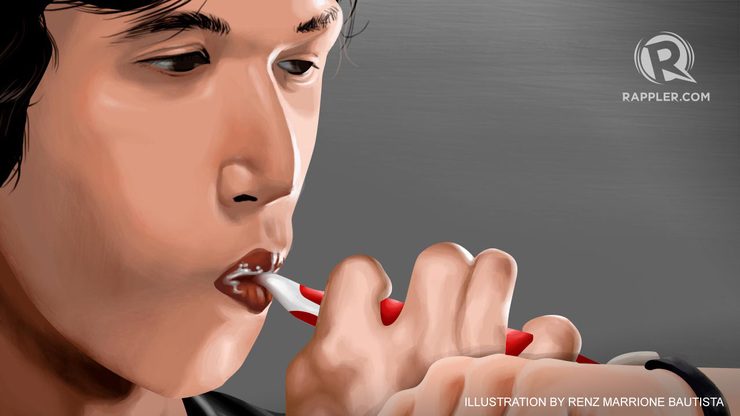
One of the most common lapses people make when brushing is not brushing long enough. Even if you feel like you’ve covered every surface of your mouth with toothpaste, dentists recommend brushing for at least 2 to 3 minutes.
This may seem like a long time for a seemingly arbitrary task but try killing the time by switching around the TV channels while you brush or divide your mouth into 4 quadrants and brush each quadrant for 30 seconds.
It is also recommended that you brush 2 to 3 times a day. Between brushing, plaque builds up and if not attended to, this can cause gum inflammation and other oral health concerns.
4) Don’t: Brush too often or too hard
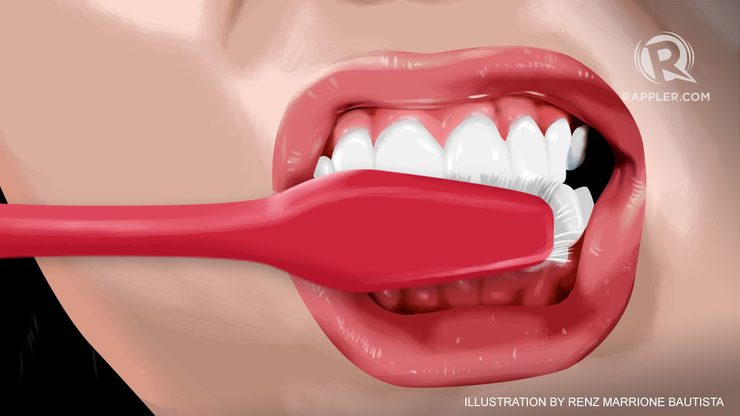
While many people fail to brush long enough and frequent enough, it is also possible to suffer from excessive brushing. Brushing more than 4 times a day can irritate gums and teeth by exposing the root of the tooth to irritation. Vigorous brushing will also erode tooth enamel.
Tooth enamel covers the outer layer of your tooth and protects your teeth from tooth decay. It is the hardest and most mineralized substance in your body but once enamel is destroyed your body no longer regenerates more of it.
5) Do: Know when to change your toothbrush
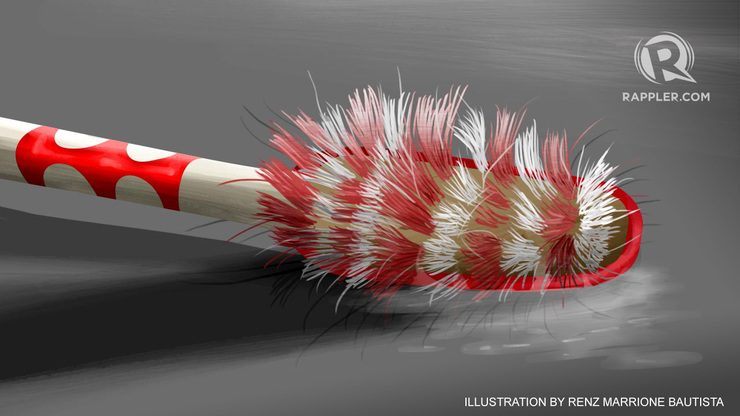
Dentists recommend that you change your toothbrush every 3 months or when it begins to show signs of significant wear. The later is a better way to gauge when it is time to switch to a new brush. Look closely and if the bristles look frayed and have begun to lose their flexibility, it is time to invest in a new one.
Also remember to switch toothbrushes after you’ve had a cold because in the same manner that brushes take away bacteria, an infected brush can actually cause more infection in your teeth.
Lastly, don’t forget to rinse off your toothbrush and let it dry after each use because bacteria love to cultivate in un-rinsed and wet brushes.
6) Do: Floss at least once a day
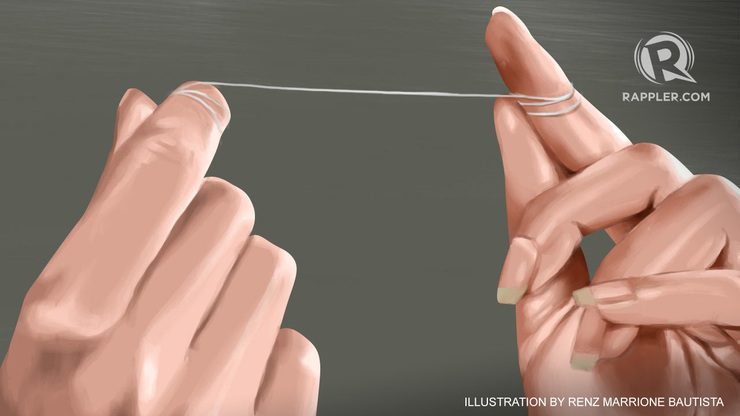
Even with the proper brushing routine, you still need to floss at least once a day to target especially stubborn plaque and food particles that get stuck between your teeth.
Use as much floss as you want (roughly 18 inches is good enough) to make sure you use a fresh section of the floss in between each tooth. Otherwise, if you keep reusing the same section of floss you may just be moving bacteria around from one area to another.
Remember to be gentle when moving the floss up and down between your teeth and between the gumline. Harsh movements may injure the gums.
Follow these tips and make the occasional trip to the dentist for professional cleaning to keep your dental hygiene in top shape. It’s details like this that make a difference between a healthy mouth and an unhealthy mouth (not to mention a huge dental bill).-Rappler.com
Add a comment
How does this make you feel?

There are no comments yet. Add your comment to start the conversation.